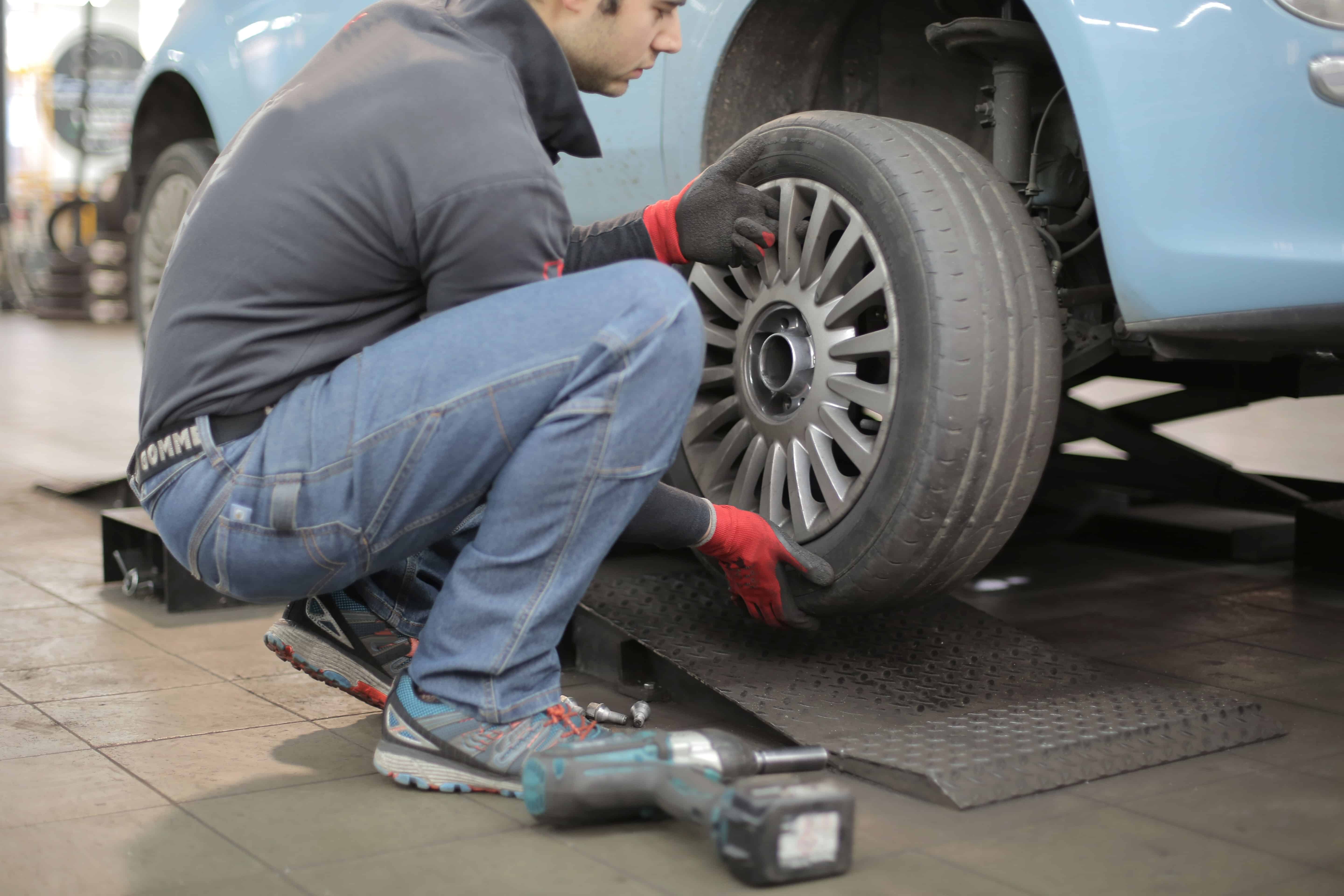Professional Guide to Tire Repair Service: Everything You Need to Know
Navigating the world of tire repair service can be an overwhelming job for numerous automobile owners. From identifying the typical causes of tire damages to understanding the elaborate steps entailed in repairing a slit, there is a riches of expertise to grasp. In this detailed guide, we will decipher the complexities of tire repair, clarifying the various types of repair work kits available and offering useful insights into when it may be time to bid farewell to a damaged tire. Keep tuned as we dive deeper into the subtleties of tire upkeep, outfitting you with the essential know-how to ensure your tires stand the test of time.
Typical Sources Of Tire Damages
What are the common causes that lead to tire damages, affecting automobile efficiency and safety? Tire damage can take place as a result of different aspects, with among the primary factors being inappropriate inflation stress. Under-inflated tires can cause excessive warm buildup, resulting in raised wear and possible blowouts. Conversely, over-inflated tires can cause lowered grip, unequal wear, and a harsher trip.

An additional usual source of tire damages is insufficient walk deepness. Worn-out treads can compromise grasp when driving, specifically in wet or unsafe problems, increasing the threat of crashes. Additionally, driving over gaps, debris, or sharp objects can pierce or create cuts in the tire, deteriorating its structure and possibly triggering a level.
Additionally, inappropriate wheel placement and unbalanced tires can additionally contribute to tire damages. Misaligned wheels can bring about irregular wear patterns, while unbalanced tires can trigger vibrations, impacting both the vehicle's handling and the tire's durability. Routine maintenance checks and prompt repair services can aid reduce these typical sources of tire damages, ensuring optimal vehicle efficiency and safety.
Kinds of Tire Repair Packages
To deal with the results of usual reasons for tire damages gone over previously, it is necessary to understand the different sorts of tire fixing packages offered for vehicle owners. There are mainly 3 sorts of tire repair work kits generally used: plug packages, patch sets, and mix repair packages.
Patch packages, on the other hand, are much more appropriate for bigger punctures or cuts in the tire. These sets include a spot and adhesive material that is applied to the inner cellular lining official website of the tire to cover the broken area safely.
Combination fixing sets offer the advantage of having both plug and spot elements, offering an extensive solution for a variety of tire damages situations. It is very important for automobile proprietors to familiarize themselves with these different sorts of tire repair packages to be prepared for any kind of unanticipated tire issues when driving.

Steps to Fix a Tire Leak
Fixing a tire slit needs a methodical technique and the right tools to ensure a safe and reliable remedy. When faced with a punctured tire, the initial step is to securely pull over to a flat, secure surface away from website traffic. Engage the auto parking brake and place wheel chocks behind the tires to stop any type of accidental rolling.
When to Change a Tire
Determining the appropriate time for tire replacement necessitates a detailed assessment of different vital factors associated with tire wear and safety. One essential aspect to consider is the walk deepness. As tires use down, the depth of the tread reductions, affecting the tire's grasp when driving. Many experts suggest changing tires when the step deepness reaches 2/32 of an inch to preserve optimal grip (tire tracks morris il). In addition, checking the tire for any indications of damage such as cuts, bulges, or splits is necessary. These problems can compromise the structural integrity of the tire, raising the danger of a blowout. Age is one more significant consider tire replacement. Also if the tread deepness shows up enough, tires older than 6 years must be very carefully examined, as the rubber can deteriorate with time, making the tire a lot more susceptible to failure. Routinely examining these elements and talking to an expert can help determine when it's time to replace a tire for ideal safety and security when driving.

Tire Upkeep Tips for Durability
After assessing key factors related to tire wear and safety, applying proper tire maintenance practices basics is crucial for maximizing the durability of your tires. Regularly examining tire pressure is vital, as underinflated tires can lead to increased wear and lowered gas performance.
Revolving your tires at routine periods, usually every 5,000 to 7,000 miles, promotes even walk wear across all tires. Inspecting tires for indications of damage, such as cuts, protrudes, or leaks, is also essential for keeping tire long life. By complying with these tire maintenance suggestions, you can make best use of the life expectancy see post of your tires and ensure a smooth driving experience.
Final Thought
In conclusion, recognizing common reasons of tire damages, using the appropriate tire repair packages, adhering to appropriate steps to repair a tire puncture, knowing when to change a tire, and applying tire maintenance tips are crucial for maximizing the durability of your tires. By remaining notified and positive in addressing tire problems, you can make sure safety and security on the road and lengthen the life-span of your tires.